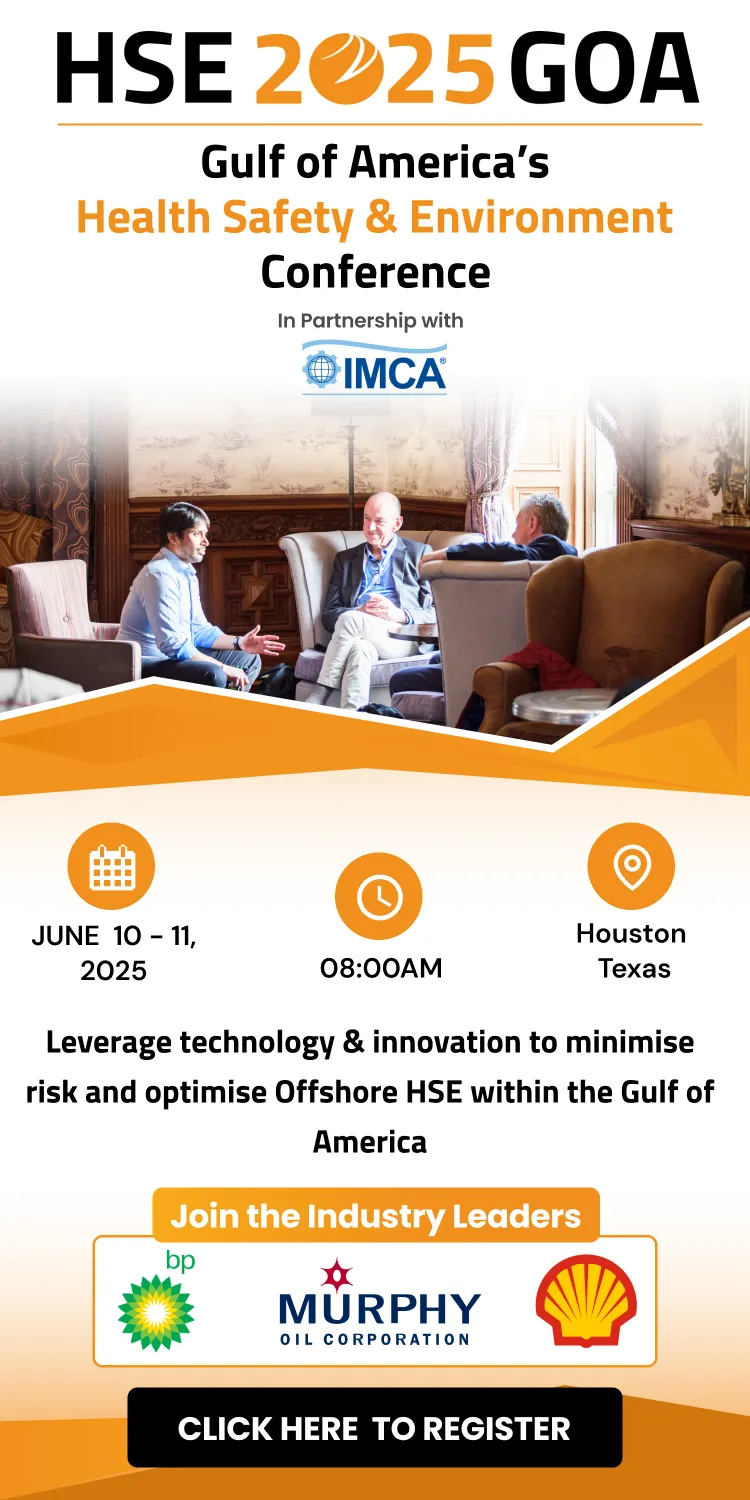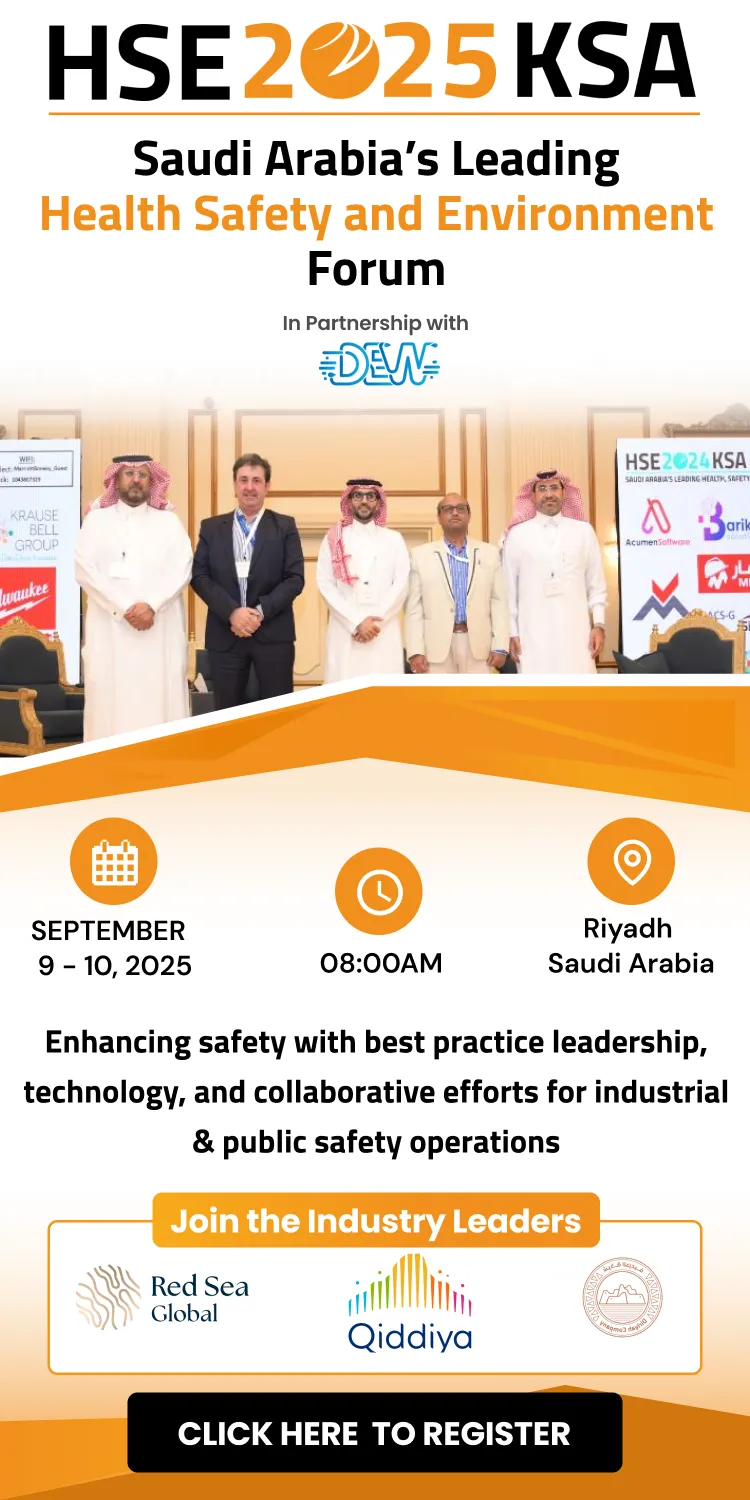A bipartisan group of 10 legislators has introduced a series of bills aimed at bringing New Mexico into multiple interstate health care compacts.
These agreements would allow physicians, physician assistants, psychologists, counselors, dentists, dental hygienists, emergency medical personnel, audiologists, speech therapists, physical therapists, and occupational therapists licensed in other states to practice in New Mexico without undergoing a lengthy in-state licensing process.
The push to join these compacts follows a key recommendation from Think New Mexico, a nonpartisan think tank, in its 2024 report on addressing the state's health care worker shortage. Interstate compacts streamline licensure by enabling states to recognise professional licenses issued by other participating states, making it easier for out-of-state health care professionals to work in New Mexico, including through telehealth services.
Currently, 41 states participate in the Interstate Medical Licensure Compact for physicians, while other health professions have similar agreements with widespread adoption across the country.
Neighboring states such as Arizona, Colorado, Oklahoma, Utah, and Texas have all joined at least five interstate health care compacts, creating a more mobile workforce.
In contrast, New Mexico has only participated in one—the Nurse Licensure Compact—since 2003. This compact has been vital in maintaining hospital staffing, particularly in rural and border regions, where up to 80% of nurses at some facilities rely on multistate licensure.
Protecting patients
The proposed legislation has gained support from a broad coalition of organisations, including AARP-NM, the U.S. Department of Defense, the Greater Albuquerque Chamber of Commerce, the League of Women Voters New Mexico, the New Mexico Conference of Catholic Bishops, New Mexico Voices for Children Action Fund, and the New Mexico Public Health Association.
Additionally, governing boards and professional associations for the covered health care fields, such as the New Mexico Medical Board and the New Mexico Medical Society, have endorsed the initiative.
These compacts include strict safeguards to protect patients. For example, the Interstate Medical Licensure Compact allows state medical boards to retain control over the licensing process and deny recognition of licenses if necessary. It also provides access to a centralised database of disciplinary actions and requires fingerprint-based FBI background checks for physicians.
By adopting these compacts, New Mexico aims to strengthen its health care workforce, improve access to care, and ensure that qualified professionals can practice in the state without unnecessary bureaucratic barriers.
Joining the interstate compacts would immediately expand the supply of health care providers available to care for New Mexicans,” said Fred Nathan, Jr., executive director of Think New Mexico. “A remarkably broad coalition has come together to support the passage of these compacts. For example, the Interstate Medical Compact for physicians is supported by both Planned Parenthood of the Rocky Mountains and the New Mexico Conference of Catholic Bishops. In fact, only one special interest stands in the way of New Mexico joining these compacts and opening its doors to more health care workers: the New Mexico Trial Lawyers Association.”











